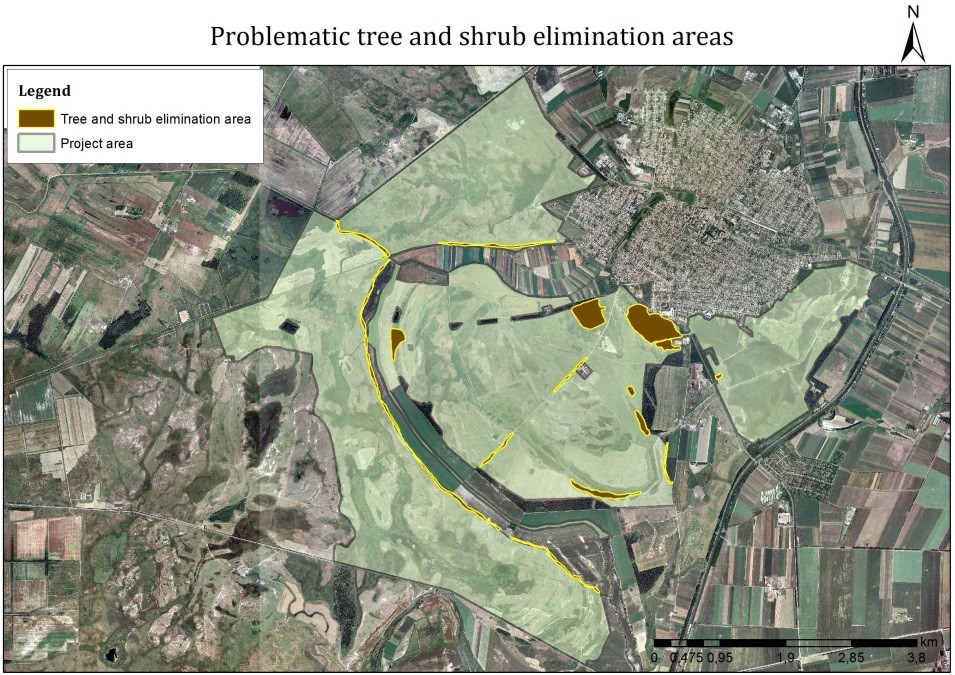
Tasks of the project
A) The primary sub-task is to eliminate the current drainage, which ensures the retention of locally generated precipitation. A study of ancient natural drainage has shown that each year the precipitation formed locally was supplemented by rainwater from more distant catchments, mainly transported to wetlands by the Kadarcs River and the Magdolna River, whose excess water flowed into each other through natural channels. The restoration of these two water transport systems will create the conditions for the restoration of the ancient water course, taking into account the rights acquired since then. By operating this water system, we can eliminate the problems caused by the extreme rainfall distribution caused by climate change. Damaged wetlands will be restored to their natural form and a bypass channel will connect the disconnected wetlands to the main water system. All these series of measures are organised into a work package in the project WP2: Restoring and managing the system of sodic watercourses, wetlands and their direct catchment.

B) Since our wetlands have been in water shortage for about 80 years, it is important to prevent and eliminate any over-consumption of groundwater. Using best practice, we will clear problem trees and shrubs from wetland beds and their immediate catchments, and eradicate wetland vegetation using tramp grazing, and restore the original plant community structure in wetland beds. All these measures are organised into another work package in the project, WP3: MEradication, control and management of problematic species.


C) The measures in the third work package affect the soil structure as it was and was formed in the time of the ancient water course. A compacted, vegetation-poor aquifer will be created in the sodic wetland bed (1530*), and the loess (6250*) catchments will be prevented from sedimentation and thus the recharge of the beds by a looser soil structure with a vegetation-rich structure. To this aim, traditional grazing in important habitats will be replaced by more productive seasonal adaptive grazing with the help of farmers in the area: WP4: Application of optimised grazing habitat management practices for all farmers.
